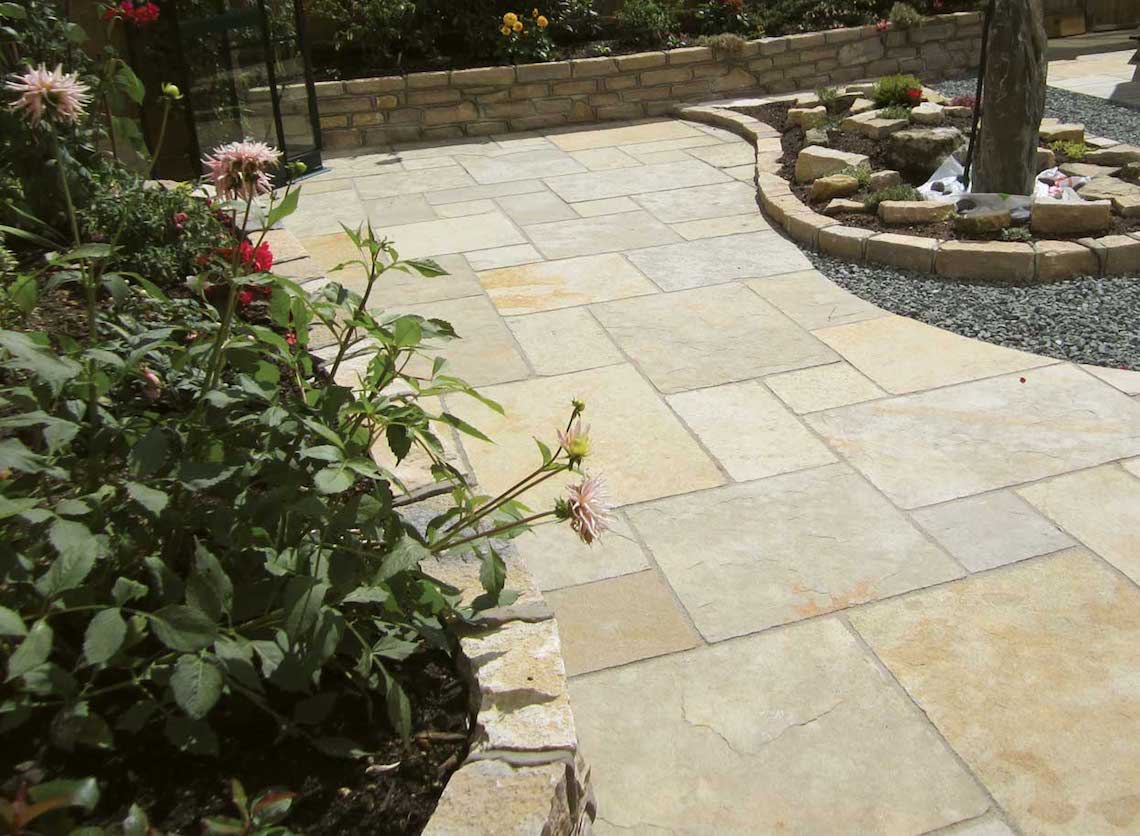Share
15 May 2021
Limestone’s Patio Properties
Late spring is a perfect time to lay a new patio. It means you can do it without having to worry about the freeze-thaw effects of winter - which made a few encore appearances as late as early May this year - or the chills of autumn. It can also enable you to have a great new look to your back yard in time for summer, when you can take advantage of the post-lockdown opening up, get some friends round and entertain, sitting in the sun (or shade) with a cool drink on a lovely summer afternoon.
Before you can do all that, however, you need to decide what sort of patio you want, whether you are replacing an existing one or laying down something new. An important part of the equation is the material you choose.

Reasons for selecting limestone patio slabs
Limestone is made mainly from calcium carbonate, with bits of other minerals added in as well as tiny fragments of fossilised shells from marine creatures. It is highly common in Britain as a sedimentary rock formed when what is now the UK was in a tropical sea.
While the soluble chemistry of the substance has various uses, it is particularly common and popular as a building material, with a range of attributes that make it outstanding for everything from building blocks to patio slabs.
- Limestone is very strong
- It does not corrode easily
- It is easy to cut and shape
- It provides a natural, rustic look
- The intrusion of other materials means it is not plain grey, but can include hints of brown, white and black.
In addition to all this, the fact it is sourced so readily in the UK means it comes with a lower carbon footprint than imported materials. Britain has nearly 400 limestone quarries, with the greatest concentration in the Pennines and south-west, but it is to be found and quarried everywhere from Kent to Ayrshire. So if you are looking for the right patio material, don’t neglect to consider limestone.


